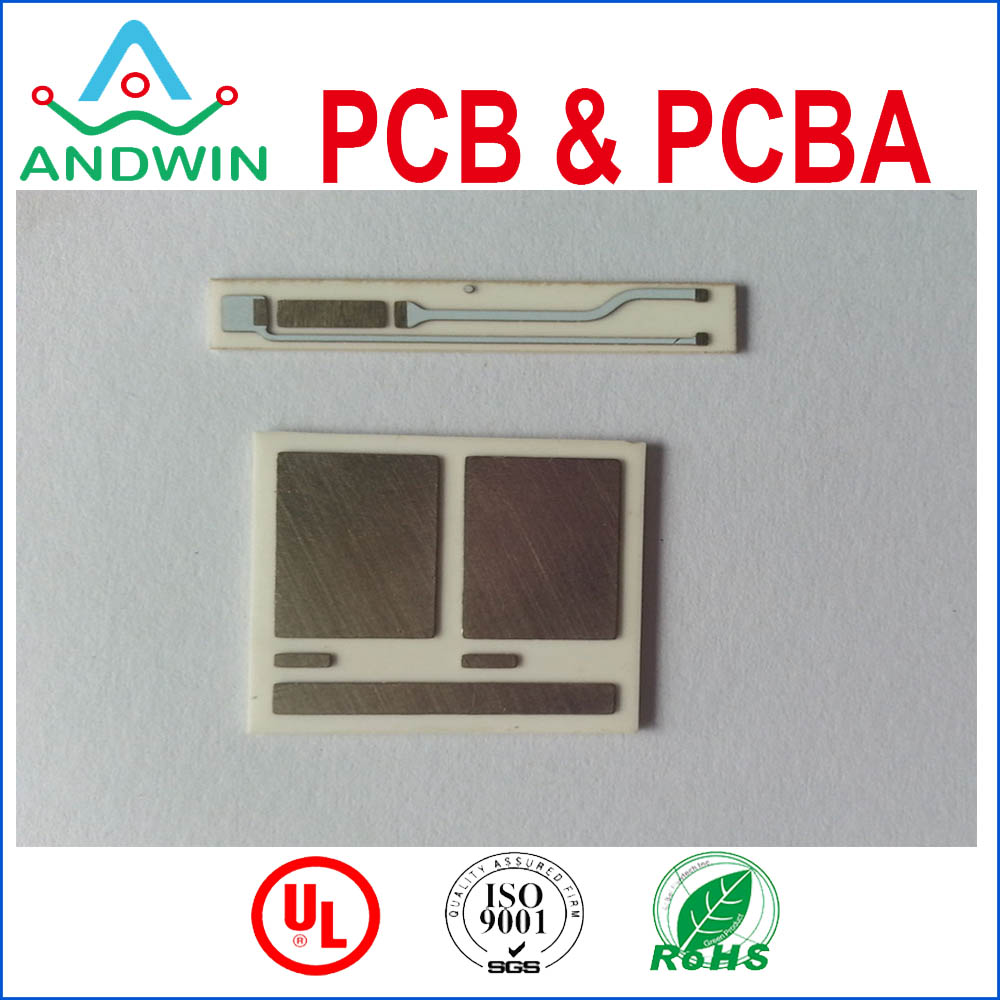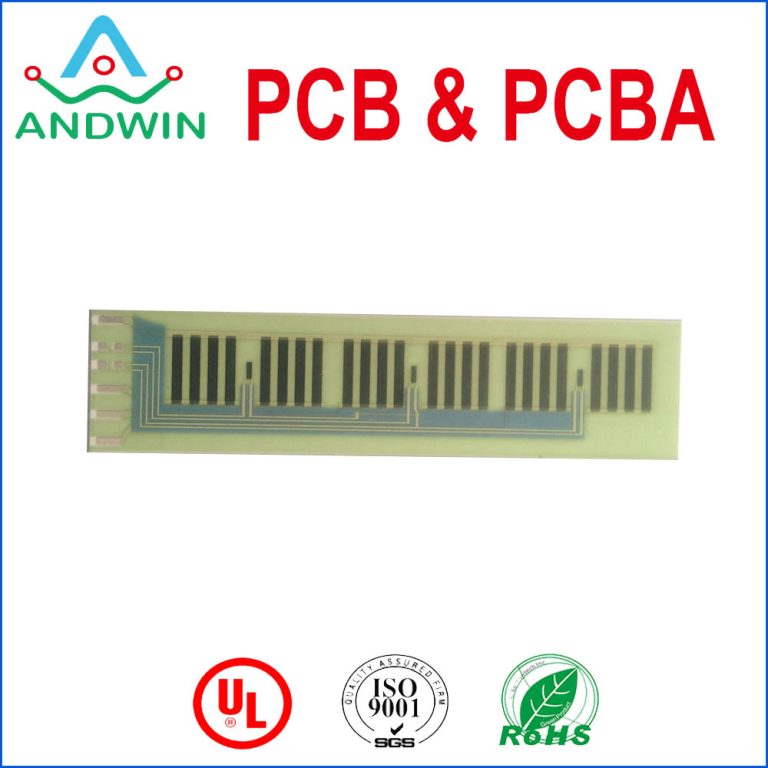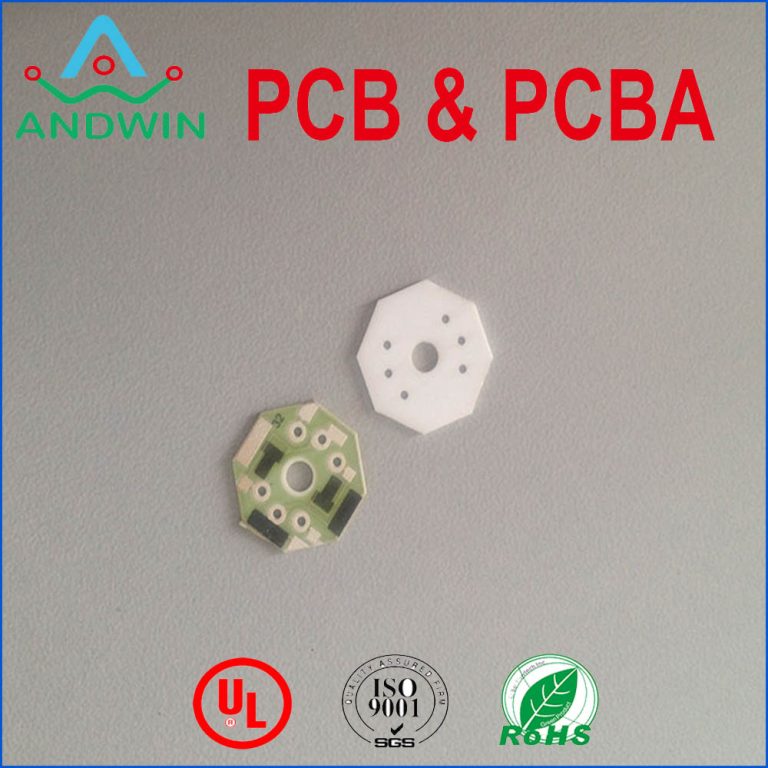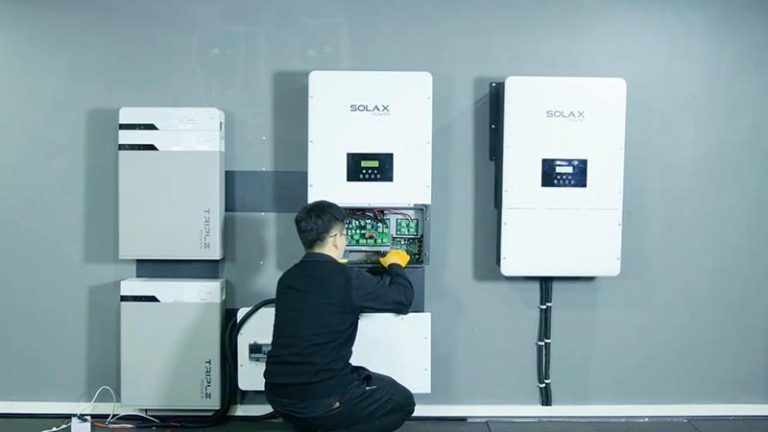Metal Core PCB Material: A Comprehensive Guide
Printed Circuit Boards (PCBs) are an essential component in the electronics industry. They
are used to connect and support electronic components, providing a pathway for the flow of
electricity. PCBs are made from a variety of materials, including FR-4, ceramic, and metal
core. In this article, we will focus on metal core PCB material, its properties,
applications, and benefits.
What is Metal Core PCB Material?
Metal core PCB material, also known as MCPCB, is a type of PCB that has a metal base layer.
The metal layer is typically made of aluminum, copper, or a combination of both. The metal
layer provides a solid foundation for the PCB and helps to dissipate heat generated by the
electronic components.
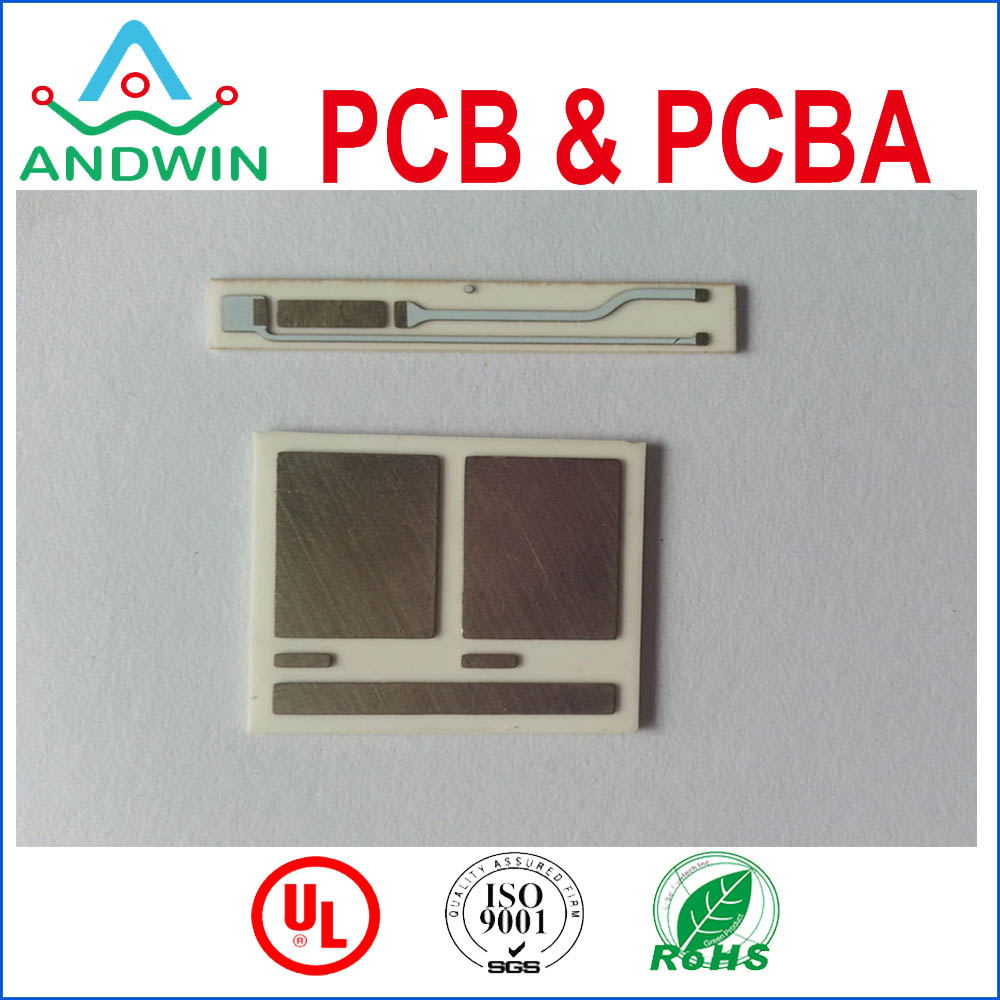
Properties of Metal Core PCB Material
Metal core PCB material has several properties that make it an ideal choice for certain
applications. Here are some of the key properties of MCPCB:
1. Thermal Conductivity: The metal layer in MCPCB has high thermal conductivity, which
means it can quickly and efficiently dissipate heat generated by the electronic components.
This property makes MCPCB ideal for applications that require high power and generate a lot
of heat.
2. Durability: MCPCB is more durable than other types of PCBs, such as FR-4. The metal
layer provides a solid foundation that can withstand mechanical stress and vibration.
3. Electrical Insulation: MCPCB has a layer of electrical insulation between the metal
layer and the electronic components. This insulation prevents the metal layer from short-
circuiting the components.
4. Lightweight: Despite having a metal layer, MCPCB is lightweight compared to other types
of PCBs. This property makes it an ideal choice for applications that require a lightweight
and compact design.
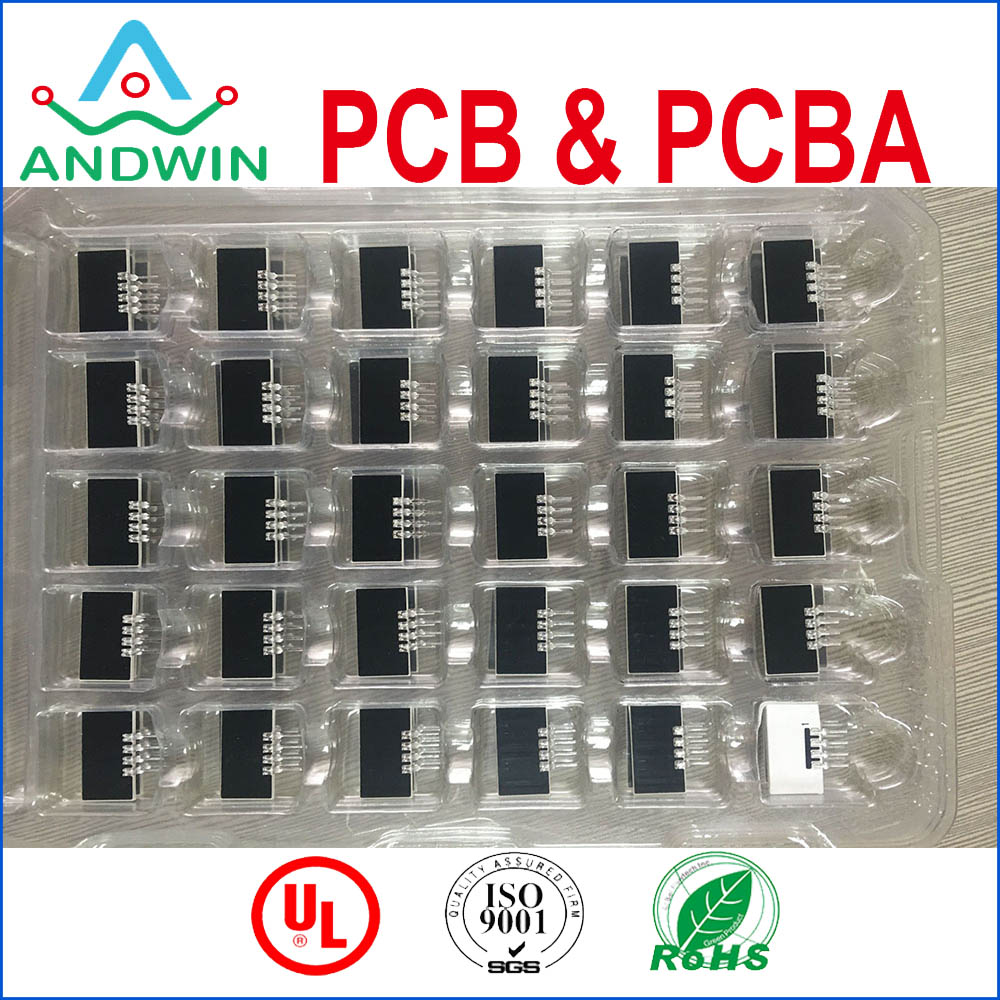
Applications of Metal Core PCB Material
MCPCB is used in a variety of applications, including:
1. LED Lighting: MCPCB is commonly used in LED lighting applications. The high thermal
conductivity of the metal layer helps to dissipate heat generated by the LEDs, which can
extend their lifespan.
2. Power Electronics: MCPCB is also used in power electronics applications, such as motor
controllers, power supplies, and inverters. The high thermal conductivity of the metal
layer helps to dissipate heat generated by the high-power components.
3. Automotive: MCPCB is used in automotive applications, such as headlights, taillights,
and dashboard displays. The durability and thermal conductivity of the metal layer make it
an ideal choice for these applications.
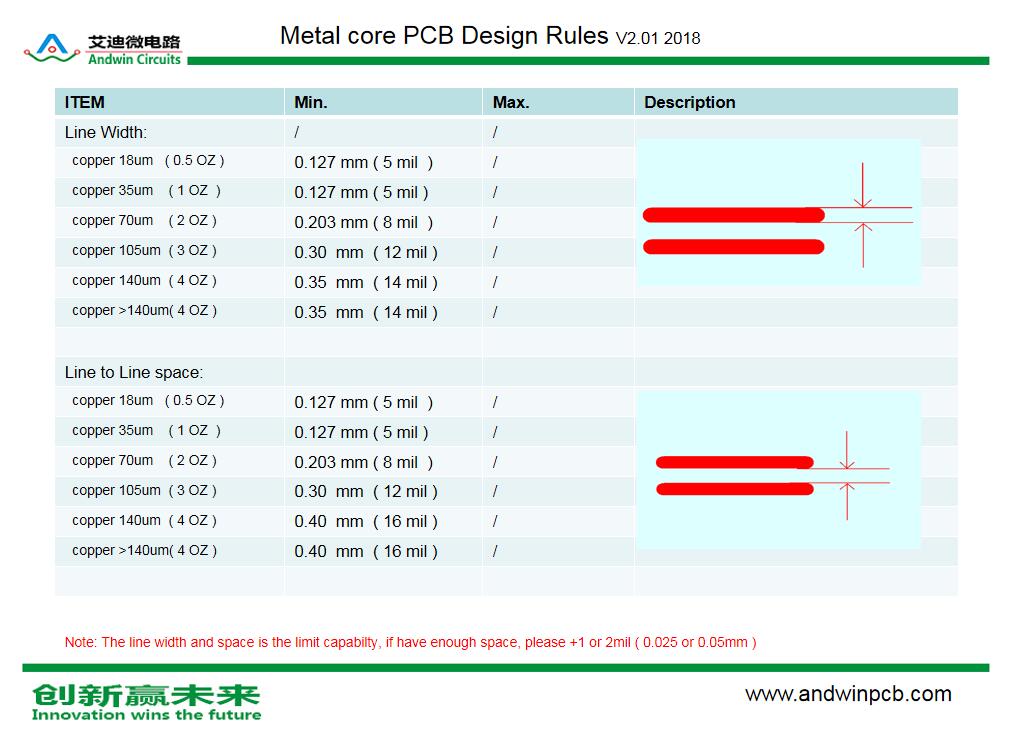
Benefits of Metal Core PCB Material
MCPCB offers several benefits over other types of PCBs, including:
1. Improved Thermal Management: The high thermal conductivity of the metal layer helps to
dissipate heat generated by the electronic components. This property can improve the
performance and lifespan of the components.
2. Durability: MCPCB is more durable than other types of PCBs, making it an ideal choice
for applications that require a rugged design.
3. Lightweight: Despite having a metal layer, MCPCB is lightweight compared to other types
of PCBs. This property can help to reduce the weight and size of the final product.
4. Cost-Effective: MCPCB can be more cost-effective than other types of PCBs, especially
for high-power applications. The improved thermal management can reduce the need for
additional cooling components, which can lower the overall cost of the product.

Conclusion
Metal core PCB material is a versatile and reliable choice for many electronic
applications. Its high thermal conductivity, durability, and lightweight properties make it
an ideal choice for applications that require high power and generate a lot of heat. MCPCB
is commonly used in LED lighting, power electronics, and automotive applications. Its
benefits over other types of PCBs include improved thermal management, durability, and
cost-effectiveness. If you are looking for a PCB material that can handle high power and
heat, metal core PCB material may be the right choice for you.

